#Bicyclism
Text
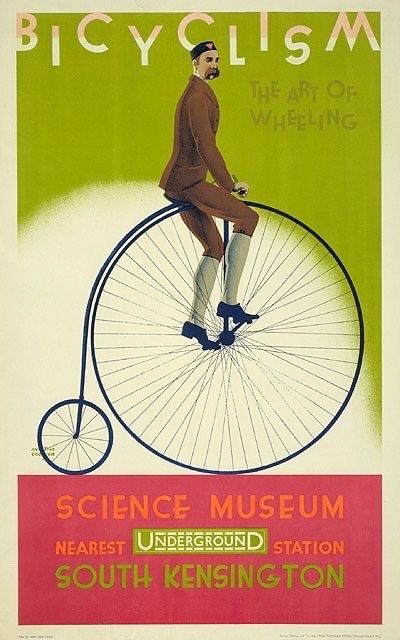
Bicyclism
~ Austin Cooper (Canadian, 1890-1964), circa 1928
10 notes
·
View notes
Text
"With “green corridors” that mimic the natural forest, the Colombian city is driving down temperatures — and could become five degrees cooler over the next few decades.
In the face of a rapidly heating planet, the City of Eternal Spring — nicknamed so thanks to its year-round temperate climate — has found a way to keep its cool.
Previously, Medellín had undergone years of rapid urban expansion, which led to a severe urban heat island effect — raising temperatures in the city to significantly higher than in the surrounding suburban and rural areas. Roads and other concrete infrastructure absorb and maintain the sun’s heat for much longer than green infrastructure.
“Medellín grew at the expense of green spaces and vegetation,” says Pilar Vargas, a forest engineer working for City Hall. “We built and built and built. There wasn’t a lot of thought about the impact on the climate. It became obvious that had to change.”
Efforts began in 2016 under Medellín’s then mayor, Federico Gutiérrez (who, after completing one term in 2019, was re-elected at the end of 2023). The city launched a new approach to its urban development — one that focused on people and plants.
The $16.3 million initiative led to the creation of 30 Green Corridors along the city’s roads and waterways, improving or producing more than 70 hectares of green space, which includes 20 kilometers of shaded routes with cycle lanes and pedestrian paths.
These plant and tree-filled spaces — which connect all sorts of green areas such as the curb strips, squares, parks, vertical gardens, sidewalks, and even some of the seven hills that surround the city — produce fresh, cooling air in the face of urban heat. The corridors are also designed to mimic a natural forest with levels of low, medium and high plants, including native and tropical plants, bamboo grasses and palm trees.
Heat-trapping infrastructure like metro stations and bridges has also been greened as part of the project and government buildings have been adorned with green roofs and vertical gardens to beat the heat. The first of those was installed at Medellín’s City Hall, where nearly 100,000 plants and 12 species span the 1,810 square meter surface.
“It’s like urban acupuncture,” says Paula Zapata, advisor for Medellín at C40 Cities, a global network of about 100 of the world’s leading mayors. “The city is making these small interventions that together act to make a big impact.”
At the launch of the project, 120,000 individual plants and 12,500 trees were added to roads and parks across the city. By 2021, the figure had reached 2.5 million plants and 880,000 trees. Each has been carefully chosen to maximize their impact.
“The technical team thought a lot about the species used. They selected endemic ones that have a functional use,” explains Zapata.
The 72 species of plants and trees selected provide food for wildlife, help biodiversity to spread and fight air pollution. A study, for example, identified Mangifera indica as the best among six plant species found in Medellín at absorbing PM2.5 pollution — particulate matter that can cause asthma, bronchitis and heart disease — and surviving in polluted areas due to its “biochemical and biological mechanisms.”
And the urban planting continues to this day.
The groundwork is carried out by 150 citizen-gardeners like Pineda, who come from disadvantaged and minority backgrounds, with the support of 15 specialized forest engineers. Pineda is now the leader of a team of seven other gardeners who attend to corridors all across the city, shifting depending on the current priorities...
“I’m completely in favor of the corridors,” says [Victoria Perez, another citizen-gardener], who grew up in a poor suburb in the city of 2.5 million people. “It really improves the quality of life here.”
Wilmar Jesus, a 48-year-old Afro-Colombian farmer on his first day of the job, is pleased about the project’s possibilities for his own future. “I want to learn more and become better,” he says. “This gives me the opportunity to advance myself.”
The project’s wider impacts are like a breath of fresh air. Medellín’s temperatures fell by 2°C in the first three years of the program, and officials expect a further decrease of 4 to 5C over the next few decades, even taking into account climate change. In turn, City Hall says this will minimize the need for energy-intensive air conditioning...
In addition, the project has had a significant impact on air pollution. Between 2016 and 2019, the level of PM2.5 fell significantly, and in turn the city’s morbidity rate from acute respiratory infections decreased from 159.8 to 95.3 per 1,000 people [Note: That means the city's rate of people getting sick with lung/throat/respiratory infections.]
There’s also been a 34.6 percent rise in cycling in the city, likely due to the new bike paths built for the project, and biodiversity studies show that wildlife is coming back — one sample of five Green Corridors identified 30 different species of butterfly.
Other cities are already taking note. Bogotá and Barranquilla have adopted similar plans, among other Colombian cities, and last year São Paulo, Brazil, the largest city in South America, began expanding its corridors after launching them in 2022.
“For sure, Green Corridors could work in many other places,” says Zapata."
-via Reasons to Be Cheerful, March 4, 2024
#colombia#brazil#urban#urban landscape#urban planning#cities#civil engineering#green architecture#green spaces#urban heat#urban heat island effect#weather#meteorology#global warming#climate change#climate hope#climate optimism#climate emergency#climate action#environment#environmental news#city architecture#bicycling#native plants#biodiversity#good news#hope#solarpunk#ecopunk#hopepunk
15K notes
·
View notes
Text
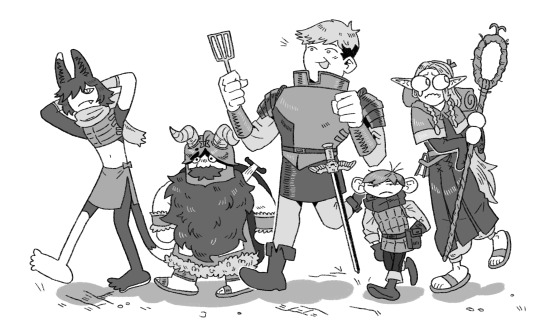

dungeon meshi is my favorite road-trip comedy film
#dungeon meshi#my art#laios thorden#senshi#marcille#chilchuck#chilchack#izatsumi#laois#laius thorden#sorry guys I don’t know which spelling is correct here#chilchucks car is a beat up beige Honda civic#laois never got a license because even though he’s actually a good driver he just never cared enough to do it#plus he wants to travel in some wacky way. like on a five person tandem bicycle or some shit#marcille never got a license because just fucking look at her#plus she gets motion sick in cars. she just would#senshi walks everywhere and has no need for cars#izatsumi just learned what a car was two days ago and she’s pissed that chilchuck doesn’t have a lambo#chilchuck doesn’t have time for any of this. he has to get his daughter to soccer practice at 5
25K notes
·
View notes
Text

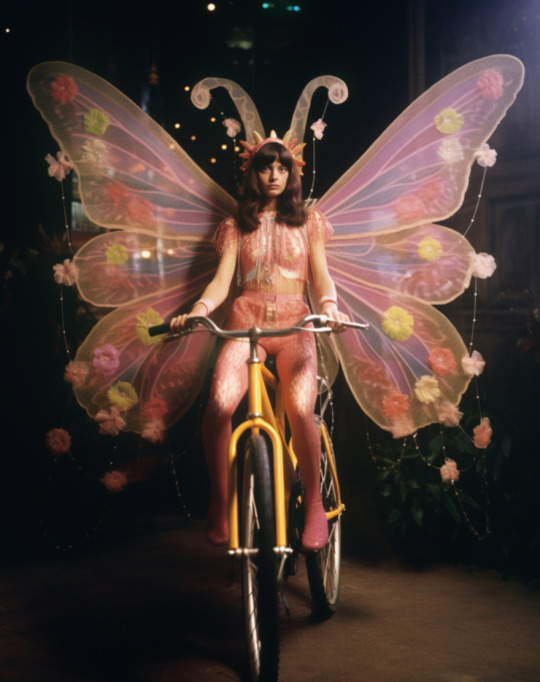
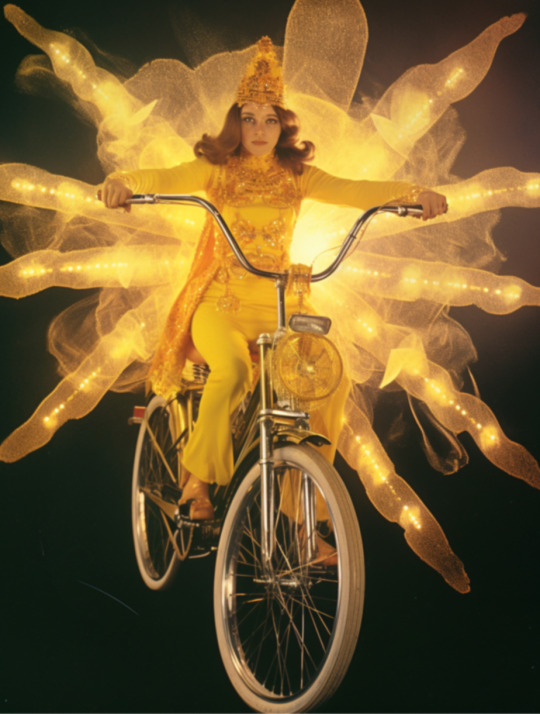

Fairy Bike Club, Kansas City, 1983
7K notes
·
View notes
Text

🚲💨˖✧
get your own print here ❤️
#long time no edward :>#never drawing a bike again#edward elric#fullmetal alchemist#fullmetal alchemist brotherhood#fmab#fma#fmab fanart#fma fanart#anime#manga#anime art#artwork#illustration#bicycle#bike#edward elric fanart
9K notes
·
View notes
Text
"Vehicle" for the purposes of this poll refers to cars, bicycles, etc.
–
We ask your questions so you don’t have to! Submit your questions to have them posted anonymously as polls.
#polls#incognito polls#anonymous#tumblr polls#tumblr users#questions#miscellaneous polls#submitted dec 5#cars#bicycle#biking#driving
5K notes
·
View notes
Text

My friend gave me their old road bike and so I had to draw it next to my mountain bike. They are friends.
#art#rah-bop drew her bike as A Creature back in the day and the concept has lived in my head ever since#still getting used to the road bike! it's so tall! so fast!#bicycle
3K notes
·
View notes
Text
literally obsessed with kanji. finally a good character for me to latch onto
#hes 15 years old. he regularly intimidates people multiple years older than him. his favorite hobby is sewing.#he chased an entire motorcycle gang out of town with nothing but his regular ass bicycle. he has debilitating social anxiety. hes gay#perfect character. incredible job guys#personal#i am a simple person. i see a character with incredibly poor social skills and i decide they are my favorite with no further questions
15K notes
·
View notes
Text

Outdoors Beauty Blog 🔴 Archive
#bicycle#outdoors#sexy outdoors#woman#beautiful#gorgeous#pretty girls#beauty#sexy tease#sexy content#beautiful ass#cutie w a bootie#great butt#nice buns#perfect butt#tight butt#spicy content#adult model#beautiful women#18+ only#18+ content#hot as fuck#sexy chick#sexy pose#amazing body#beauttiful girls#hot as hell#so hot 🔥🔥🔥#great bodi
2K notes
·
View notes
Text
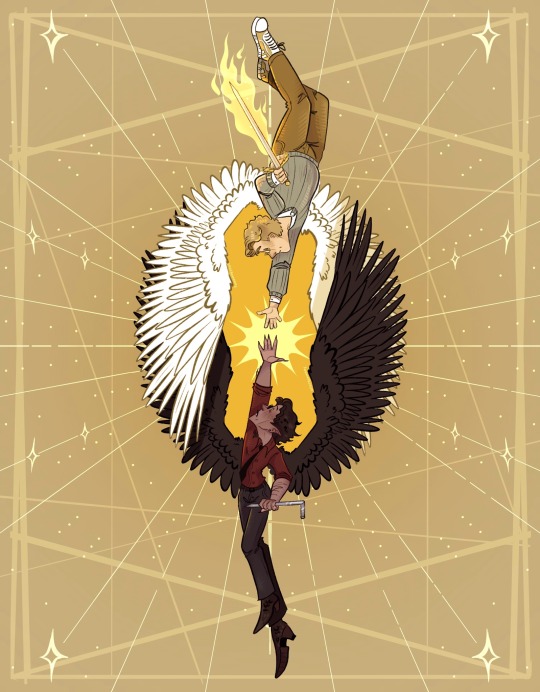
#good omens#book omens#book!aziraphale#book!crowley#book!omens#book Crowley#book aziraphale#good omens art#ineffable husbands#air conditioning#consenting bicycle repairmen#mars art
2K notes
·
View notes
Text

2K notes
·
View notes
Photo

April 4, 2023 - A Trump supporter is taken down a peg by a well-aimed skateboard in New York City. [video]
#antifa#antifascism#antifascist action#trump#maga#nyc#new york#new york city#usa#gif#fall#karma#qanon shaman#funny#skateboard#skater#direct action#tall bike#bicycle
12K notes
·
View notes
Text

6x04 - Animal Instincts ; boozed up hen & buck
#911 abc#911 fanart#hen wilson#evan buckley#911 6x04#my art#scene redraws#got distracted by a gif of this and had to redraw it XD#rewatched the episode and forgot the bicycle scene was in this ep too 😭
1K notes
·
View notes
Text
A man in Brazil stopped a robbery with a katana.
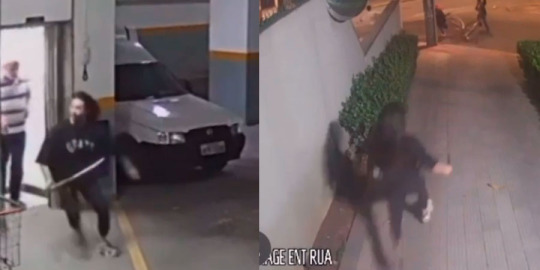
As a Brazilian person, I feel it is my duty to occasionally bring to you wack news coming from my country. Lucky for me, about 2-3 weeks ago on August 13th, a man in Belo Horizonte stopped a robbery at his building by charging at the thieves with a katana. He has been dubbed “the samurai of Belo Horizonte”.
Here’s some real videos of the incident:
Here’s part of a news report on the incident from CNN Brazil. I did my best to translate it to English:
A man used a katana, a traditional sword used by samurais in Japan, to chase down a group of suspects who were attempting to steal bicycles from a garage in a condominium in Belo Horizonte, Minas Gerais (a state in Brazil).
Alisson D’jean, who became known as the “Samurai of BH” [Belo Horizonte] went viral when the images won over social networks on Friday the 25th. The robbery attempt, however, occurred on August 13th.
In an interview exclusive to CNN, Alisson says it was his mother who first noticed the robbery, after hearing noises of someone breaking into the garage doors.
The “samurai,” who is a physiotherapist, reported the experience on his Instagram stories, and said he decided to act on his own accord after the military police, according to him, did nothing after three previous break-ins to the condominium [by the same suspects].
After checking the security cameras, the [fourth] invasion was confirmed. The samurai put on some clothes, grabbed the katana, and ran to the elevator, where he met up with the building manager [who was checking the security camera footage on his phone].
“I grabbed this samurai sword, a handmade katana, a weapon of war, really, because I didn’t know what I was walking into, I didn’t know how many [invaders], I didn’t know what kind of weapons they had,” reports the physiotherapist, who says he began using this type of sword almost 30 years ago.
According to Alisson, the decision was taken with the sole intention of protecting himself, his family, and the other building residents. “At no point was I concerned with the bicyles. I don’t even own a bicycle,” he says.
In the images, it’s possible to see Alisson and the building manager in the elevator. After getting out [of the elevator], the “samurai” begins running after the suspects, who, scared, ditch the bicycles and flee. No one was injured. In the days following this incident, no other break-in attempts were reported.
Original article (in Portuguese).
#the video of him chasing down the thieves is making me laugh hysterically#also him putting his hair up in the elevator like he’s going into battle#THE FACT HE DOESN’T EVEN OWN A BICYCLE#brazil#brazil news#katana#sword#samurai#wild news?
5K notes
·
View notes
Text
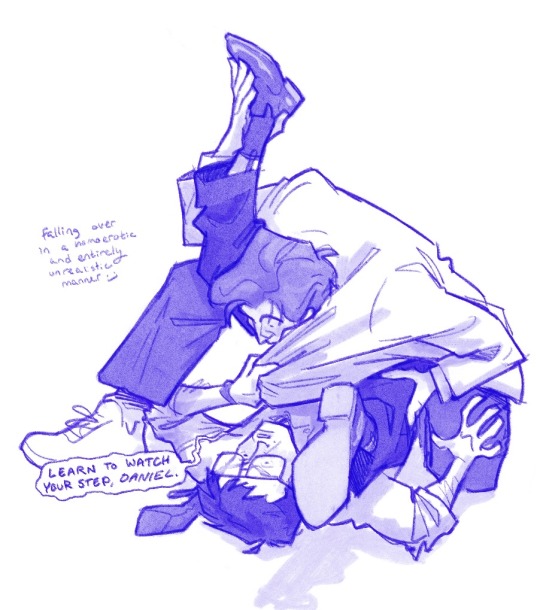




danbert sketches
#the bicycle one isnt danbert but whatever#ty friday for the prompts + watching amvs woth me :]#i love putting men in situations#danbert#reanimator#re-animator#reanimator fanart#re-animator fanart#danbert fanart#herbert west#dan cain#these are even messier than the sketches i normally post lmao#blue sketches….. got me thjinking of blue (armed with love) wham!#god i lovw wham!#that making out sloppy meme image is so funny to me.#anyways sorry i was feeling homosexual today. so#also sidenote if anyone knwos any re-animator discord servers.. lmk please…… i would like to join………..
2K notes
·
View notes
